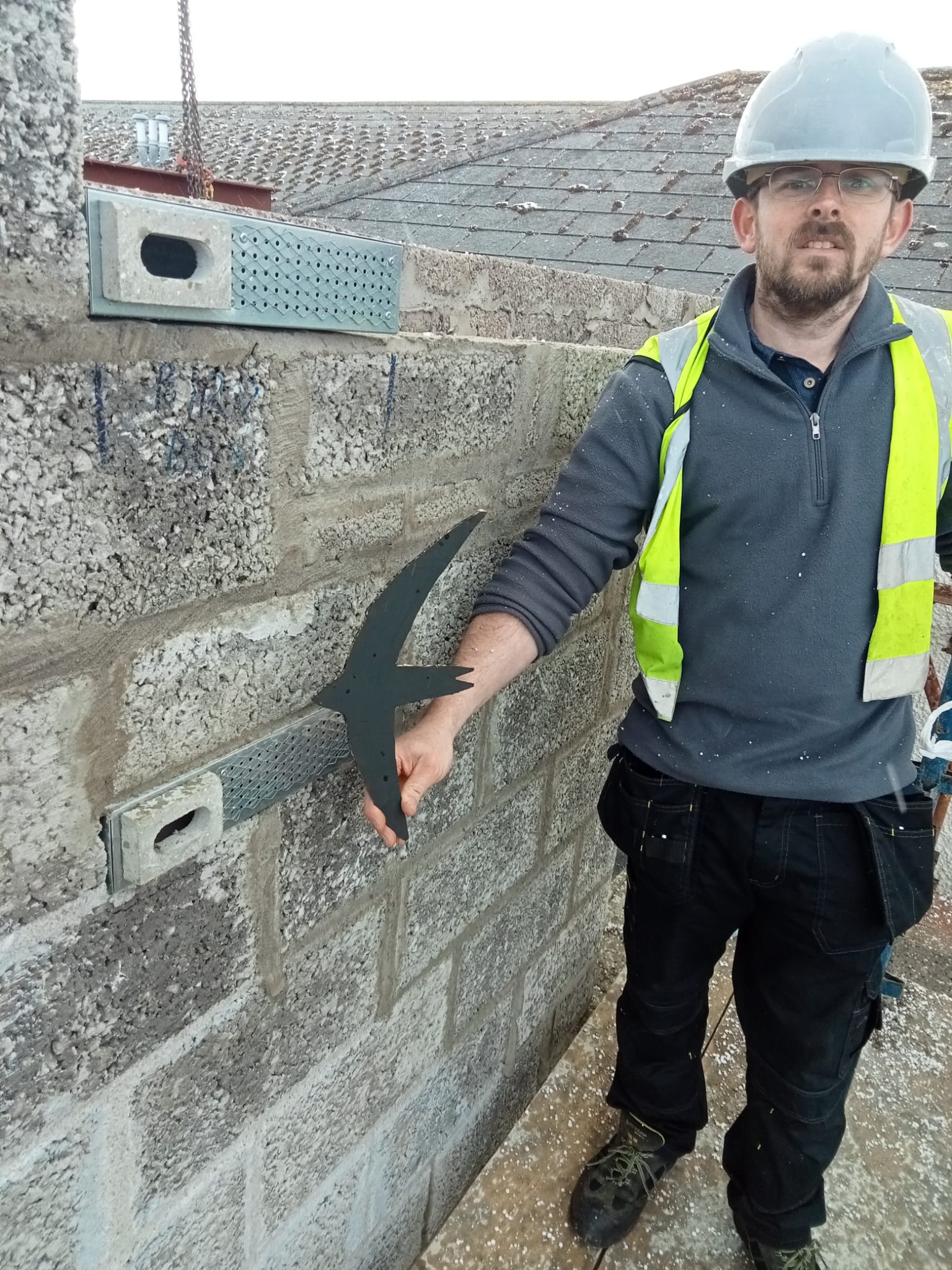GOOD company can help you get through deep winter. And this week, when you can see your breath and there’s frost and snow on the ground, Dúlra’s had the best of company.
Not from people – but from a wee bird that stands out from the crowd.
He first noticed the blackcap in the garden sitting on top of a bramble stem sticking out of a wee section of hedge that hadn’t been tended as well as all the others.
The bird was the size of a sparrow, but it held itself with a lot more aplomb. This was a bird that was worldly wise and immaculately turned out – blackcaps are all-over grey with that stand-out cap – black for male, brown for female. And their bill is thin and delicate – certainly not the jack-of-all-trades beak of the sparrow. And it’s from that bill that, come spring, a wonderful song will emerge.
As members of the warbler family, they are unlike any other bird that you might find in your garden at this time of year. Insect-eating warblers are forced to head thousands of miles south to find food when summer ends here. But obviously not that blackcap in Dúlra’s garden, sitting on that half-frozen bramble stem.
A few decades ago, blackcaps decided to take a chance. Perhaps they noticed global warming before any of us did. A few brave souls decided that they’d take a life-or-death punt to ride out the Irish winter. If they managed to survive, they’d have the pick of the nest sites before their migratory mates arrived back in late spring.
And the key to their success were gardens. It’s hard for any bird bigger than a wren to find enough insects in a frozen landscape. And so this warbler became the first to visit bird tables, pecking at fat balls or even nibbling at bread.
Today, most Irish caipín dubh still head off to Europe and further afield in autumn. But more and more are staying put.
This week as Dúlra focused the binoculars from the living room window on the male bird, he noticed something moving in the hedge. Soon the brown-headed female appeared beside her mate. But then he noticed more movement – another one appeared, then another. In total there were six blackcaps in this wee hedge.
HOME FROM HOME: More blackcap are wintering it out in Ireland every year
That they were here was no coincidence. Like many gardens, there’s a mixture of hedges. Most of them in Dúlra's garden are non-native laurel, but here, in one corner, was a small stretch of old, cut-back hawthorn filled with bramble.
It was in the native growth that the blackcaps were gathered and clearly at ease. They had no interest at all in the thick laurel.
If the wee hawthorn strip was thicker, it might even present a possible breeding spot for these birds, who nest in tickets a few feet from the ground. Imagine waking up in the morning to a blackcap’s song. If ever Dúlra needed an excuse to cut back on the gardening, he's certainly found one now!
* As midnight struck on New Year’s Eve, the family headed to the window in the hope of seeing some fireworks light up the sky in the distance.
And we weren’t disappointed – far and near, rockets and firecrackers exploded sending shards of multicoloured light in every direction.
Dúlra turned off all the lights – it was something that was second nature years ago during troubled times when you wanted to safely peek through a slit in the curtains or blinds at night to see what was going on outside.
Paradoxically, turning off the lights actually lights up the darkness, because it takes just a few seconds for your eyes to readjust to the new reality.
And as we rang in the New Year watching the fireworks, something even more exciting was about to light up the sky. All at once, we pointed and exclaimed – “Look, an owl!” It was gone in the blink of an eye, but the dark silhouette was unmistakable as it glided through the air and into the only pine tree in the area a couple gardens away.
We couldn’t see any markings, but it’s got to be a long-eared owl – perhaps the same one Dúlra and his daughter saw for the first time six months ago passing over the house.
Fireworks are a brilliant way to bring in the New Year. But an owl, well, surely that’s a portent for an extra special 2023.
* We’ve yet to have any news after recent calls to install swift boxes in the new 650-home Glenmona estate being built in west Belfast – but here’s a pic of how it can be done. Last year the Marine Hotel in Ballycastle was refurbished and 10 swift boxes were included in the build, the first time it has been done in the North. McFall contractors followed it up by including 12 bricks in a new housing development in the seaside town.
The land is still being prepared at Glenmona and building will start this year, so there’s
still plenty of time to make a decision on further integrating nature into the newbuild.
* If you’ve seen or photographed anything interesting, or have any nature questions, you can text Dúlra on 07801 414804.







